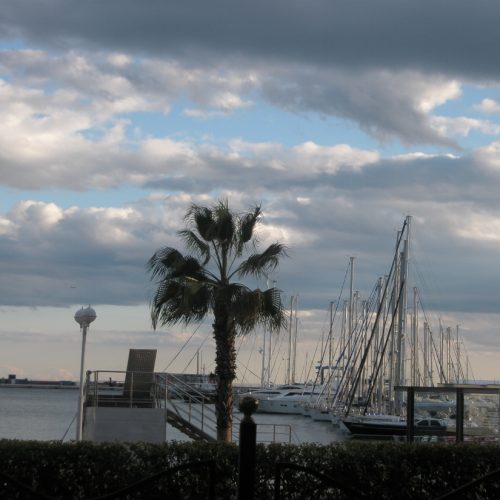
Visiting Alicante: Everything You Need to Know
Alicante, Valencia
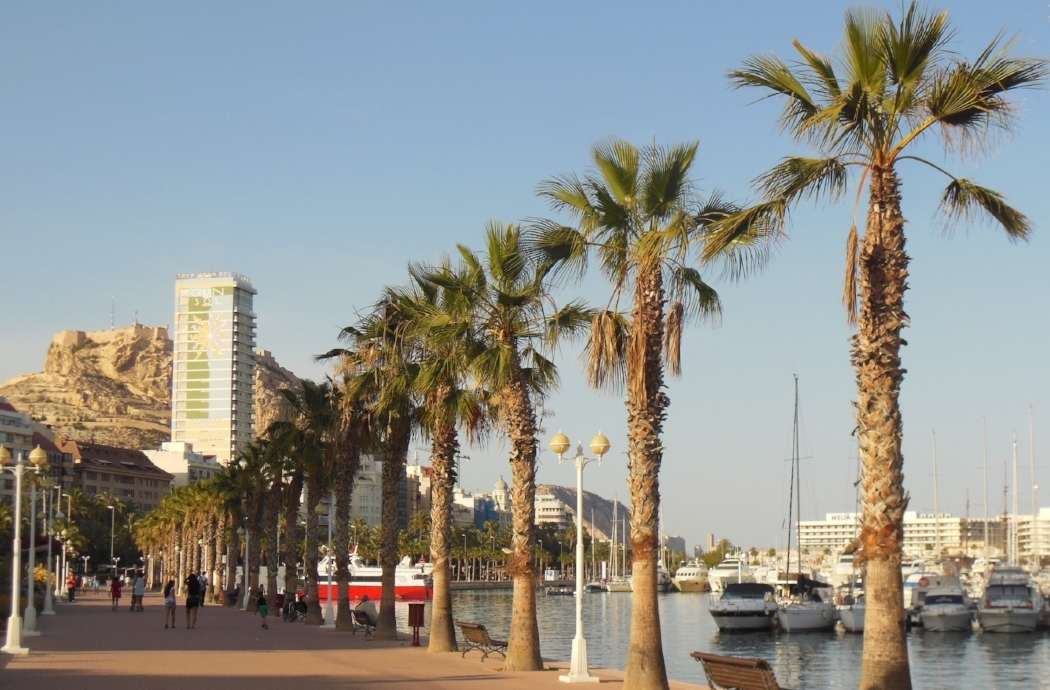 Transport options to arrive: Train, Bus, Plane, Car (or Boat)
Transport options to arrive: Train, Bus, Plane, Car (or Boat)
Alicante is super well-connected with convenient transport options! The RENFE (train) actually arrives in the city center and the airport is easy to manage, offering economical flights from a variety of cities (both Spanish and foreign). Depending where you’re coming from, the bus routes tend to be long, making many stops along the coast. Ferries are also available from a handful of cities in Africa and the Balearic Islands (in case you wanna double-up and check out Mallorca too)!
Recommended time of year to visit and length of visit: A super popular destination in the summer, I recommend trying to make it in late spring to enjoy the beach weather without the tourist crowds. Early autumn may be a good option as well, but check the forecast first―September/October is the one time of year that Alicante is known to get a lot of rain. Great for a weekend getaway.
Fun Fact: As a member of the Valencia comunidad, Alicante has two official languages―castellano (Spanish) and valenciano. This second language is actually part of the catalán family (the language that is spoken in Cataluña), yet it is considered by the Spanish Constitution to be its own language…cue ongoing arguments among the speakers of these language(s).
Top three must-sees:
1. Castillo de Santa Barbara: One of Alicante’s most well-known and photographed sites, this castle is open to the public FREE of charge. Throughout its history it was captured, bombarded, and reconstructed numerous times, as well as turned into a prison. I’ll be honest with you, there’s not actually that much to see up top nowadays, but the views of the city, beach, and port are well-worth the winding hike or 2.70€ elevator ride to the top.
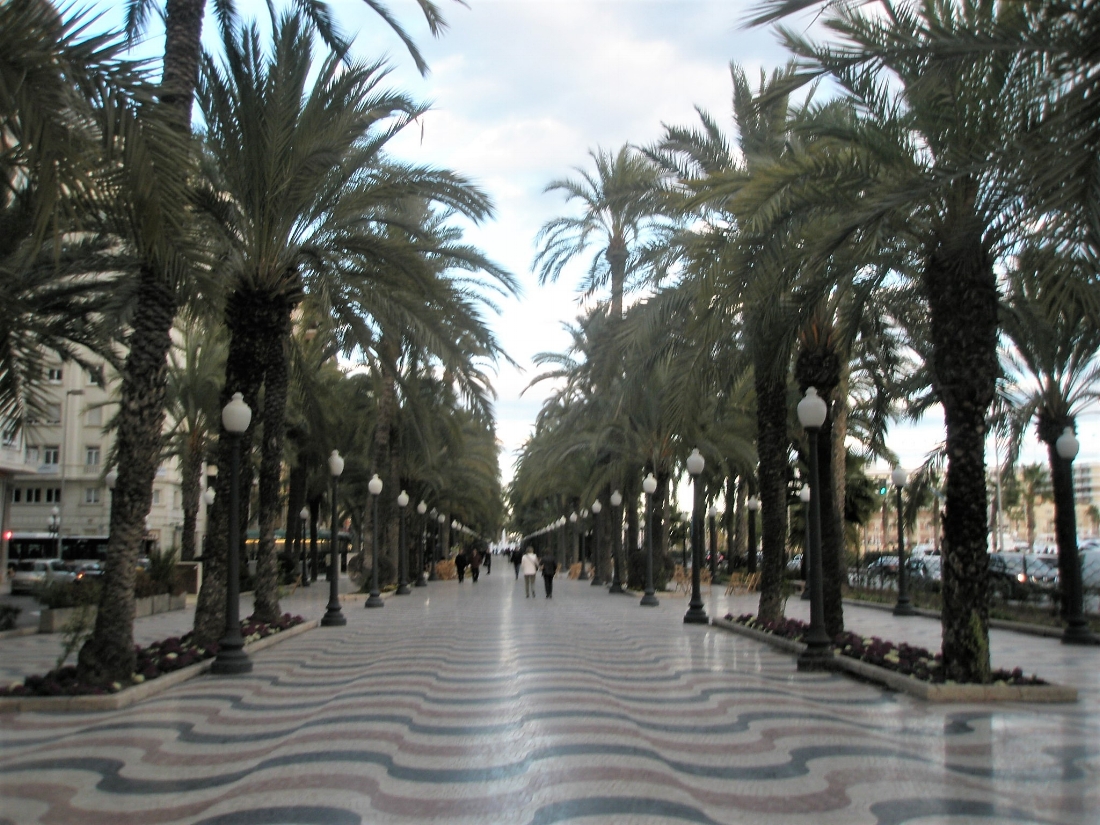 2. La Explanada: This city is also easily recognized in photos for its explanada, or promenade, of wavy maroon and navy blue stripes and palm trees. Get the authentic Spanish experience by taking a leisurely stroll up this long path (or cross over to the portside if you prefer a view of the sea and ships in the puerto). You’re in for an extra treat on Sunday as they set up an open-air market that seems to extend endlessly along this path in the sunny months.
2. La Explanada: This city is also easily recognized in photos for its explanada, or promenade, of wavy maroon and navy blue stripes and palm trees. Get the authentic Spanish experience by taking a leisurely stroll up this long path (or cross over to the portside if you prefer a view of the sea and ships in the puerto). You’re in for an extra treat on Sunday as they set up an open-air market that seems to extend endlessly along this path in the sunny months.
3. El barrio (de la Santa Cruz): This neighbor, locally referred to by just that―el barrio―is the heart of the old town and is absolutely gorgeous with its winding steps and assortment of white houses with their traditional blue flower pots and tile adornments. Get lost on your way down from the Castillo de Santa Barbara by day, then be sure to return at night. The foot of this neighborhood (just up off of La Rambla) is the happening night spot.
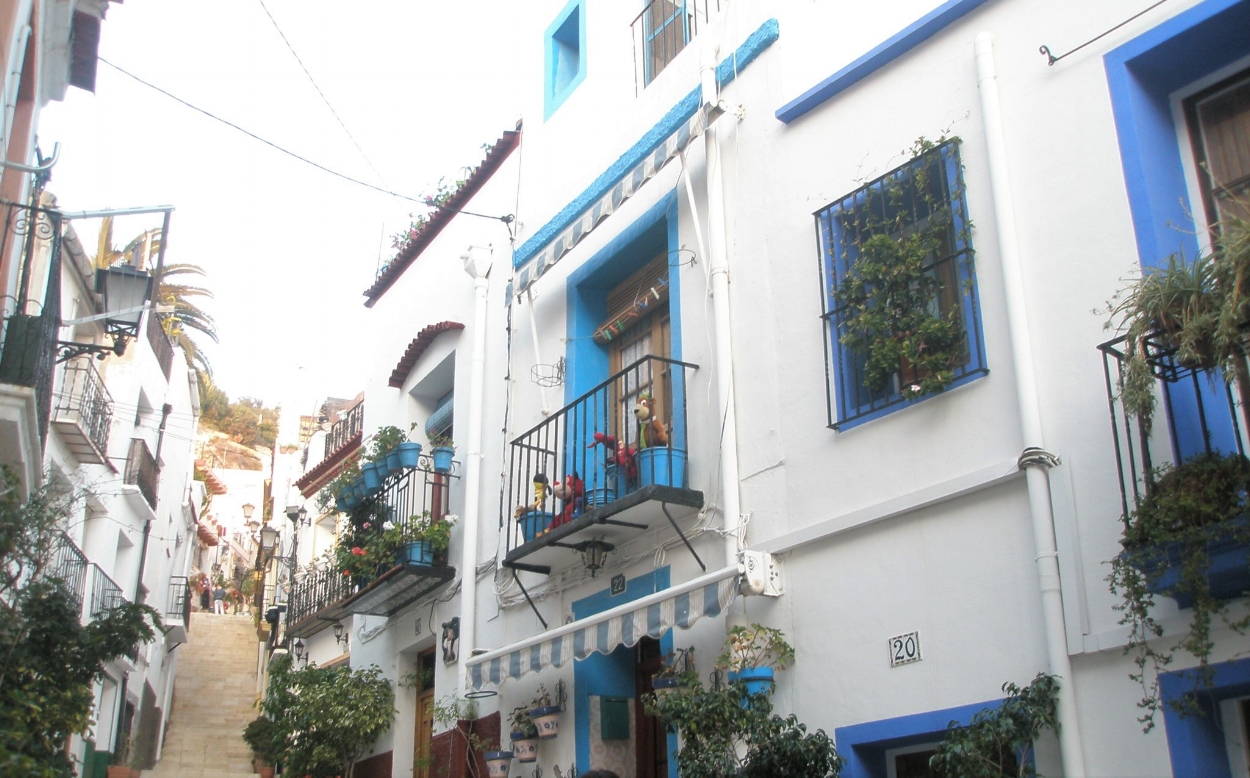 One thing to eat: Late night gofres (waffles)
One thing to eat: Late night gofres (waffles)
Okay, so this concept is not native to only the alicantinos. However, as someone who studied abroad in Alicante, I can’t help but admit that some of the best food moments (outside of my homestay) involved grabbing a too-sweet gofre from one of the many stands along La Rambla and enjoying it along the Explanada or beach. Be forewarned―waffles in Spain are not as fluffy and they don’t come with maple syrup, but you’re sure to be delighted by the variety of toppings you can try instead!

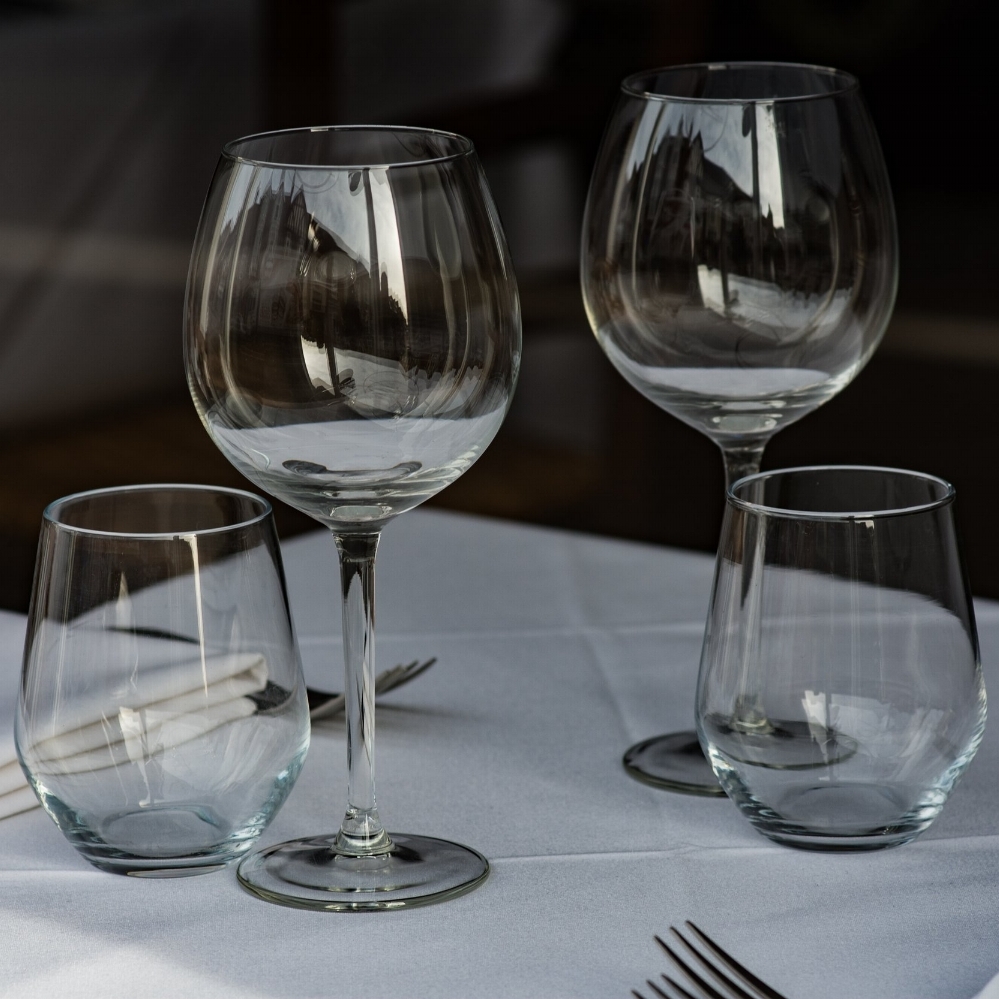
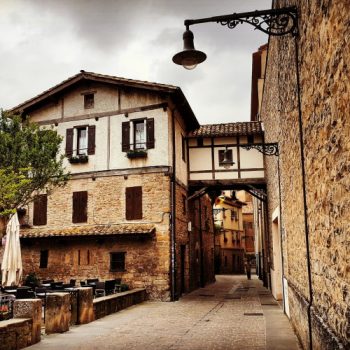


2 Comments
andbjo@googlemail.com
Thanks for this great guide to Alicante. Somehow I always want to go back there. 🙂
Sincerely, Spain
Thanks for your comment! Have you been to Alicante?! What was your favorite thing? Saludos from Granada!